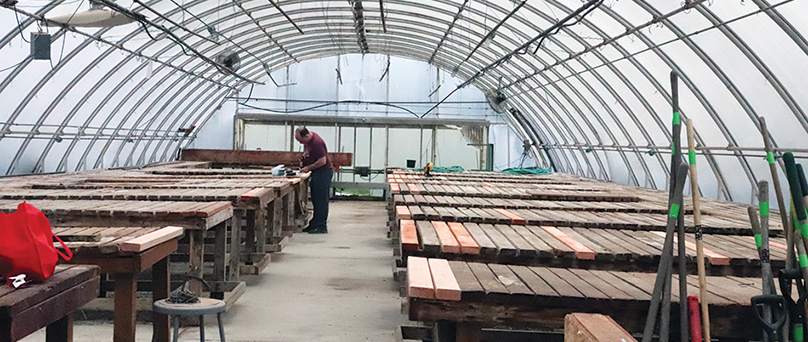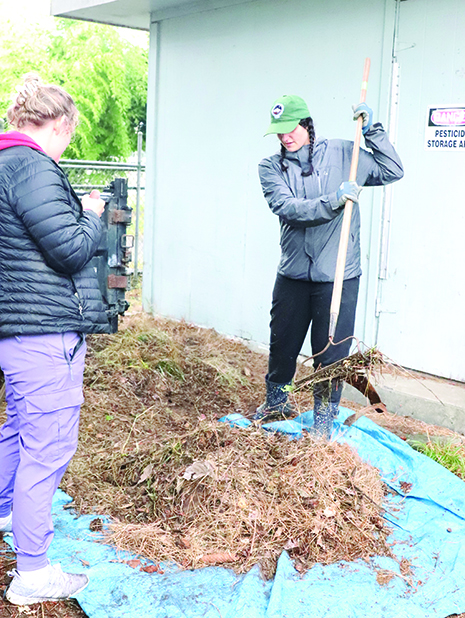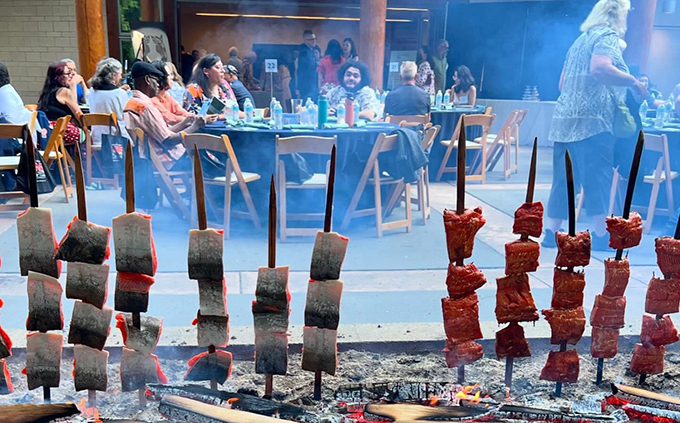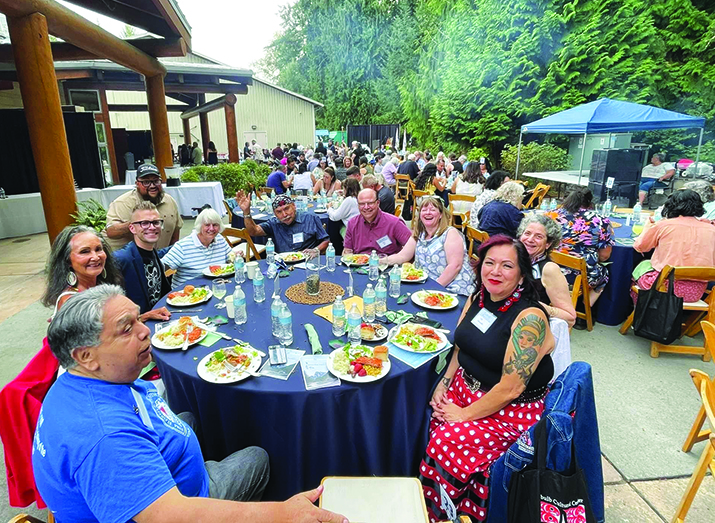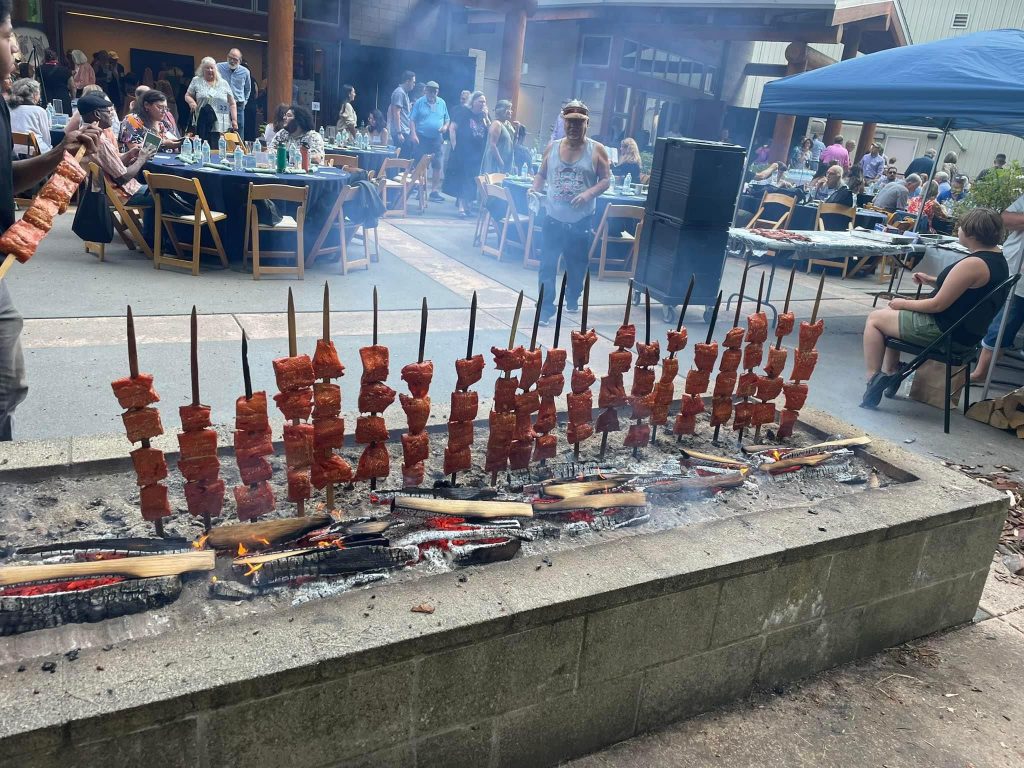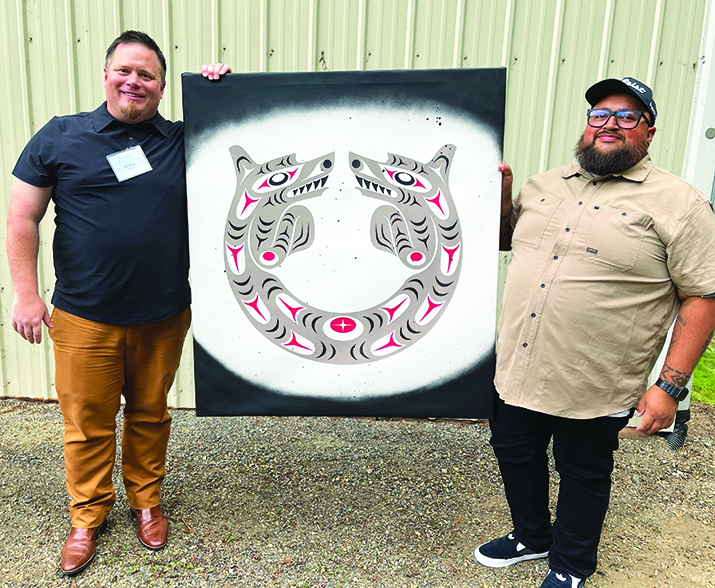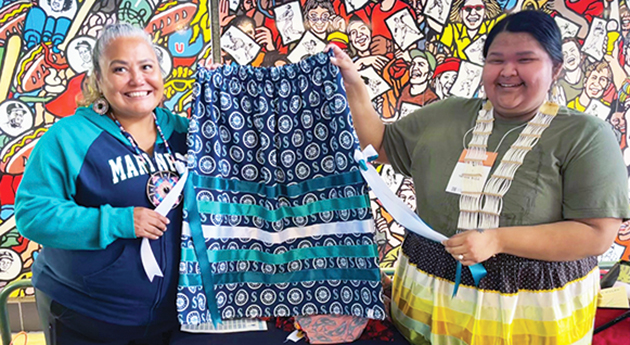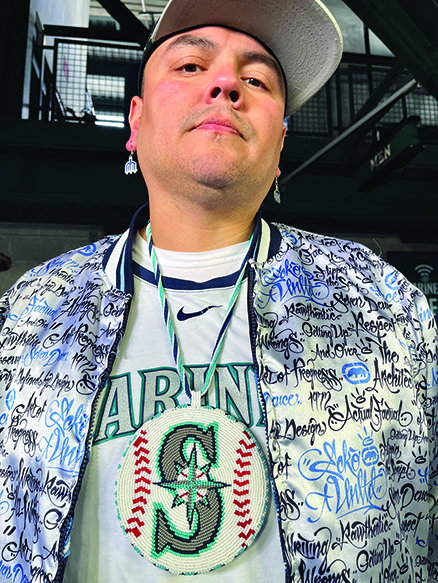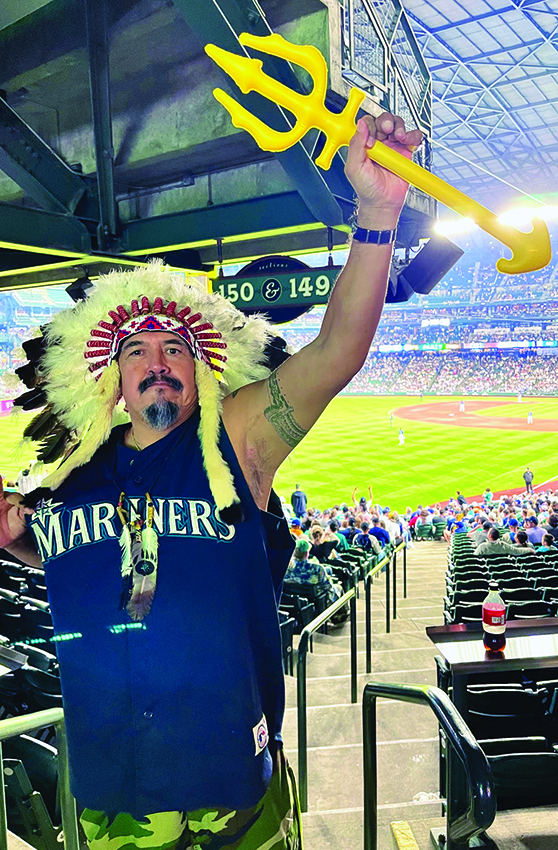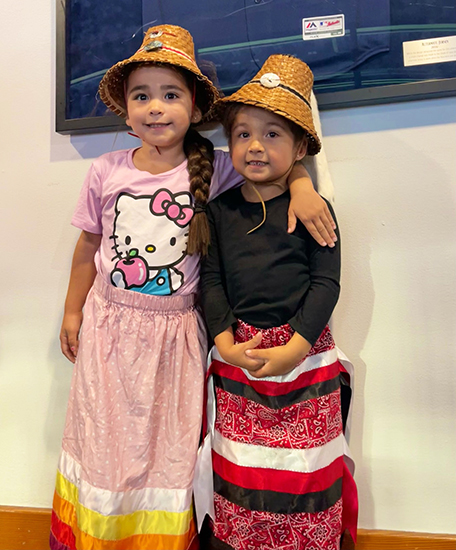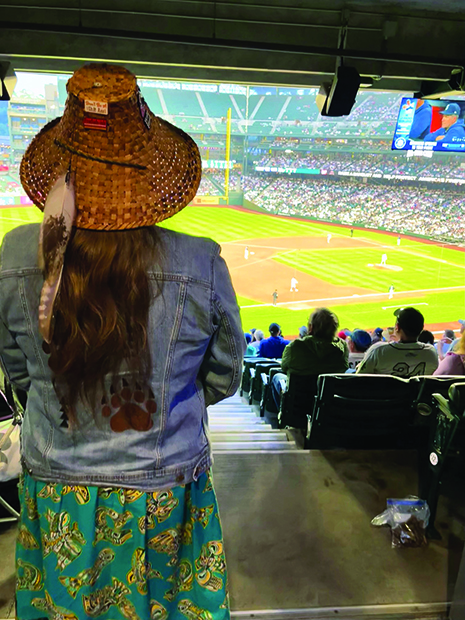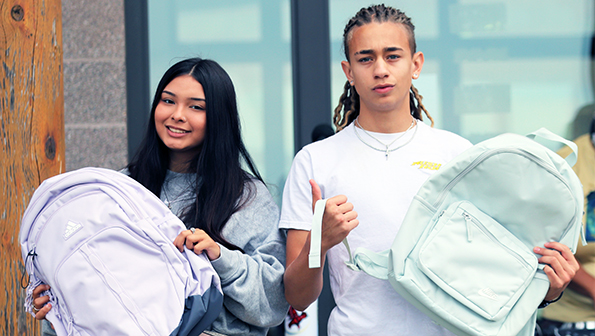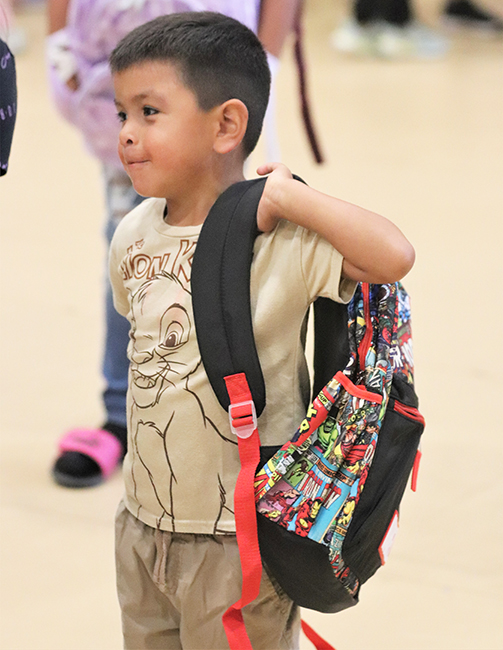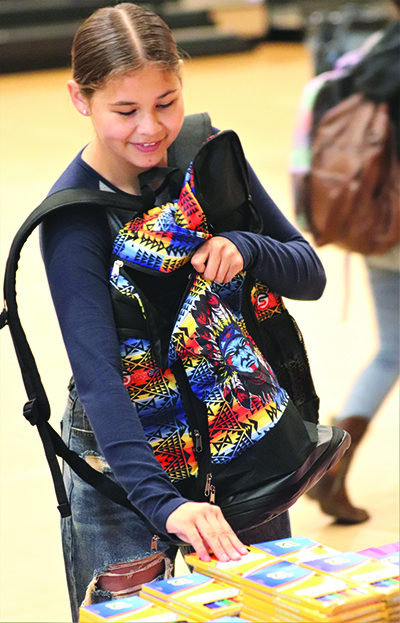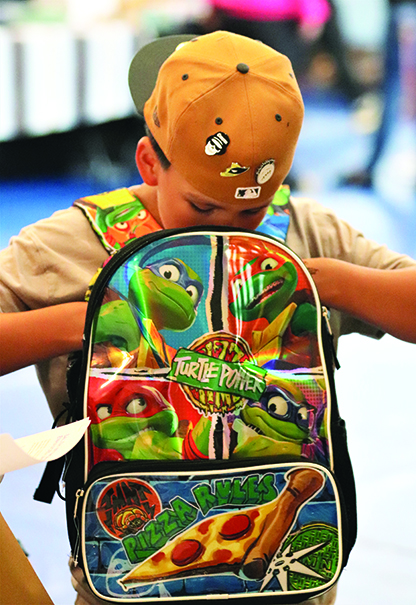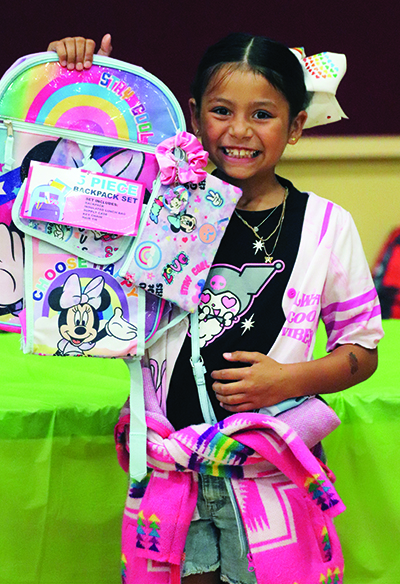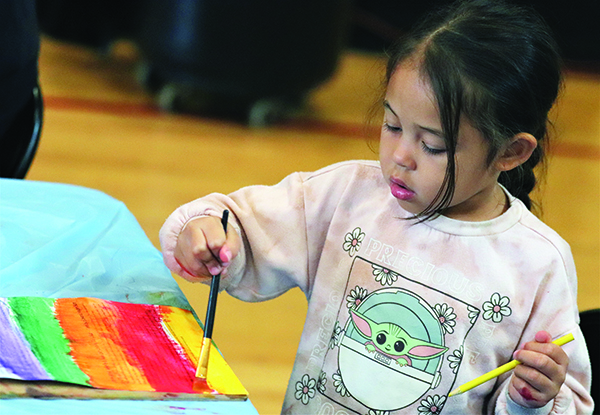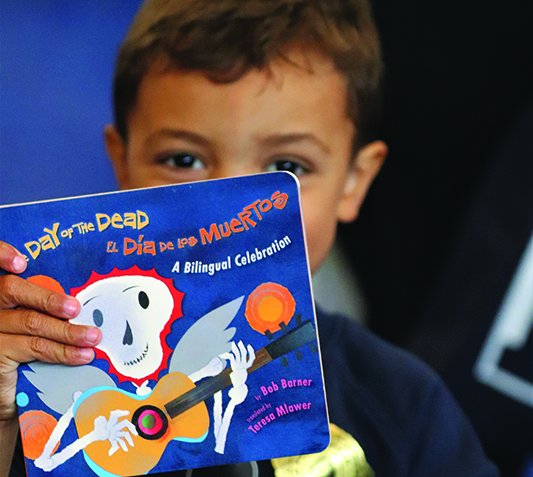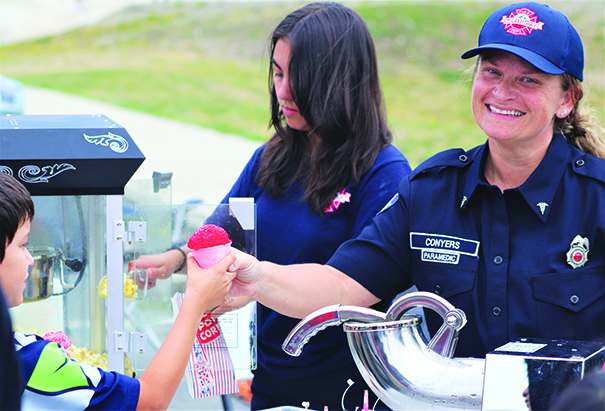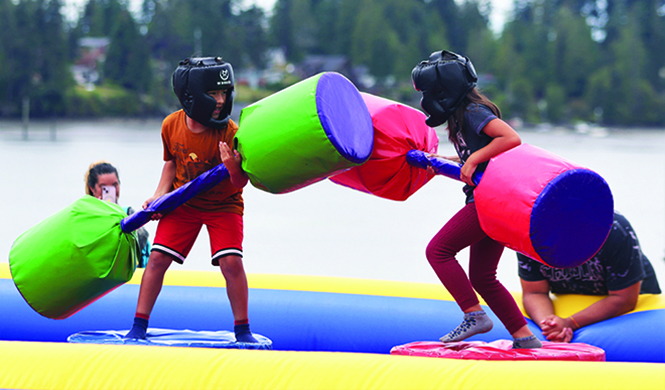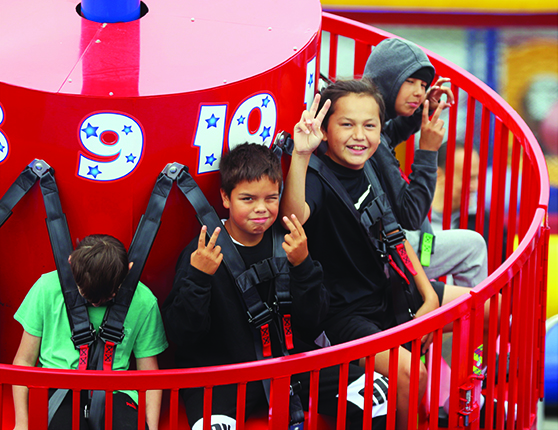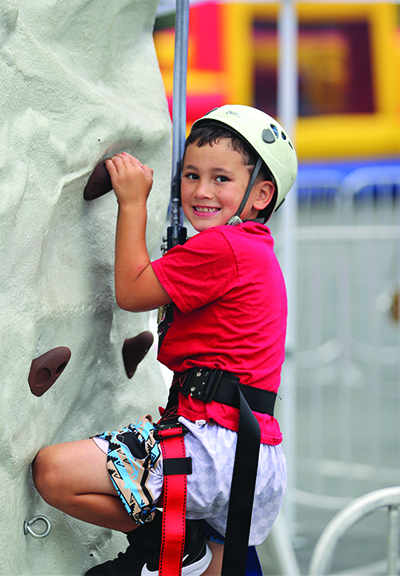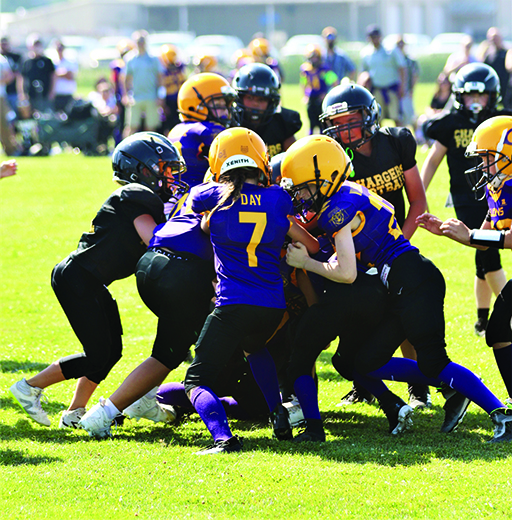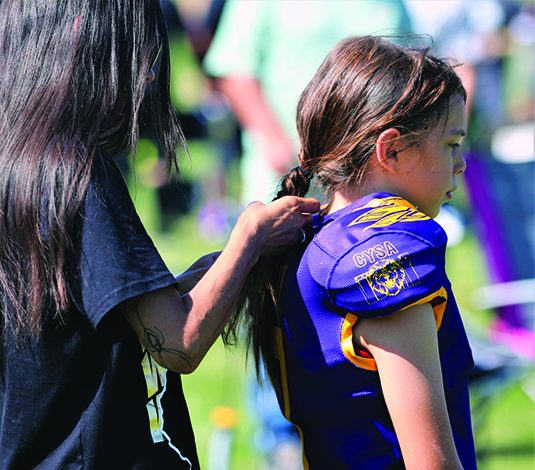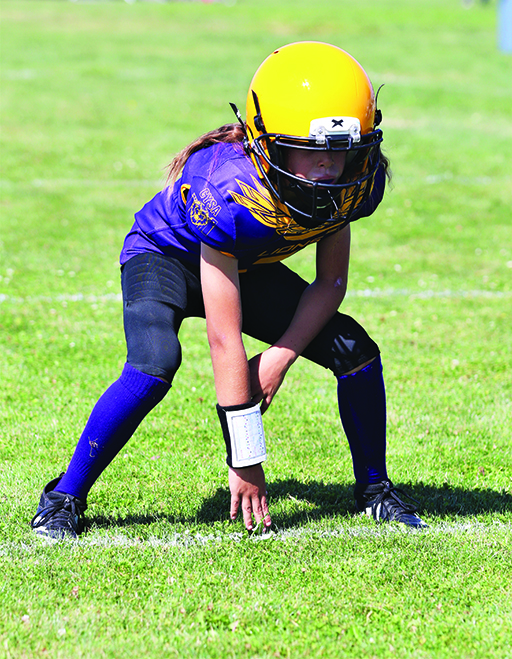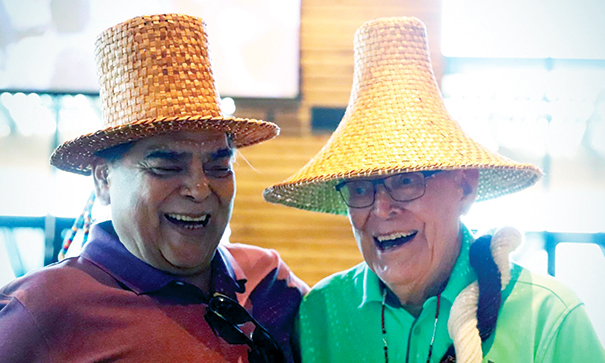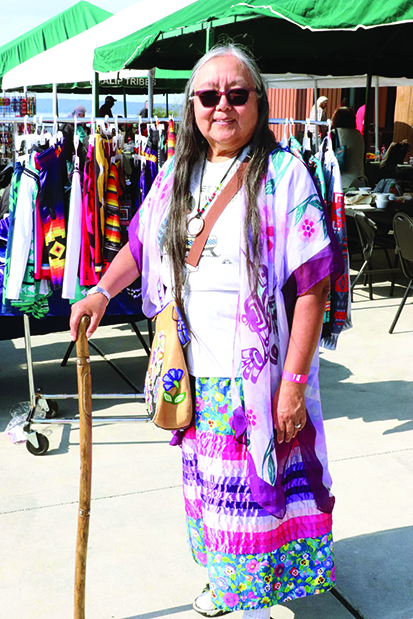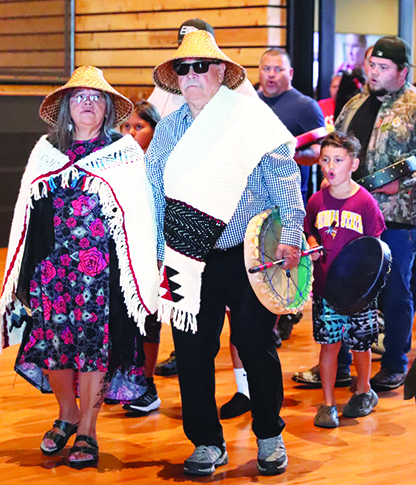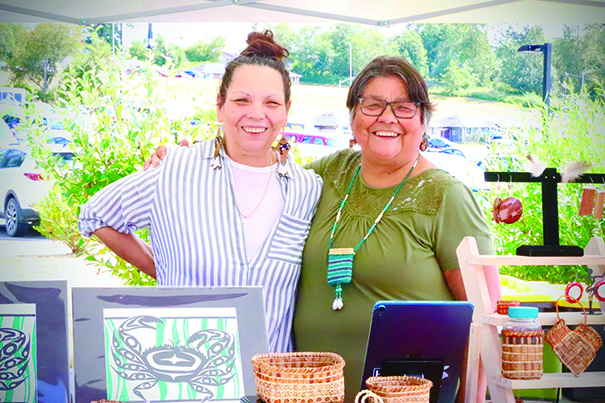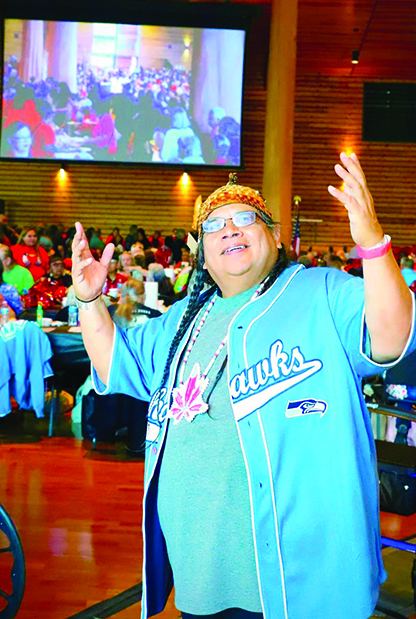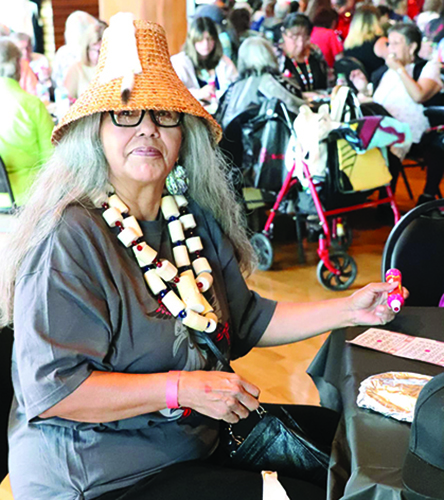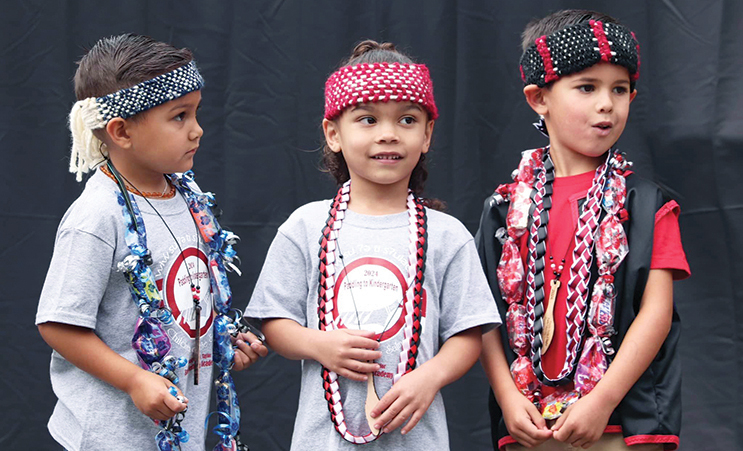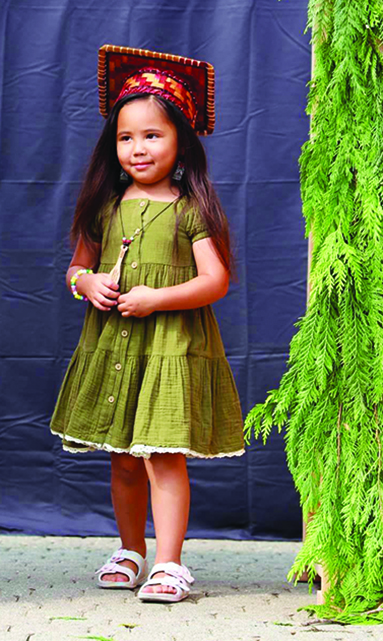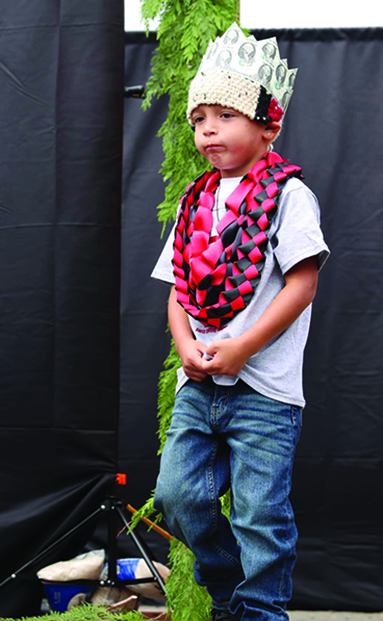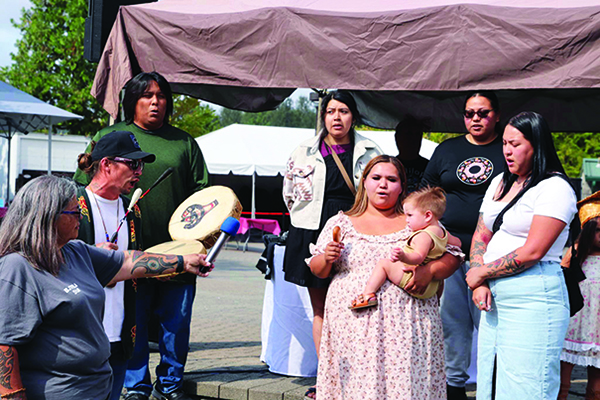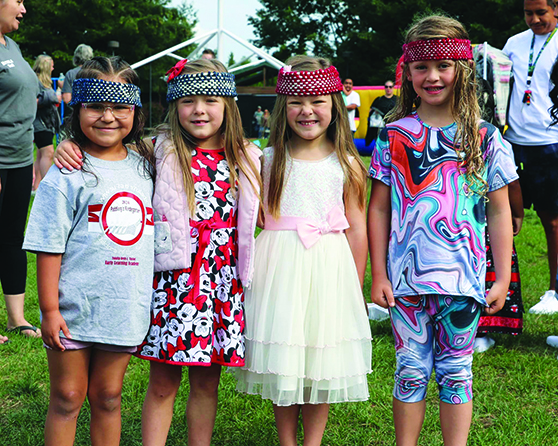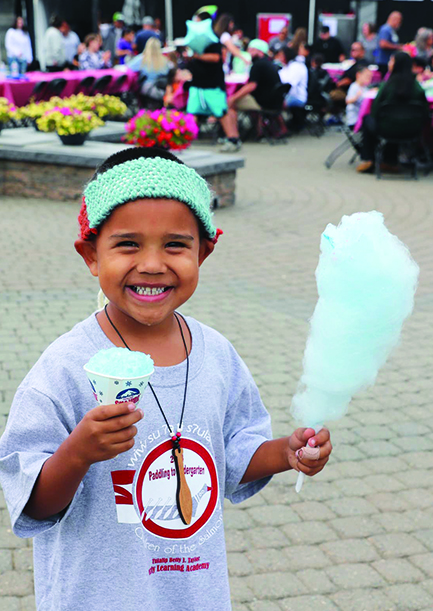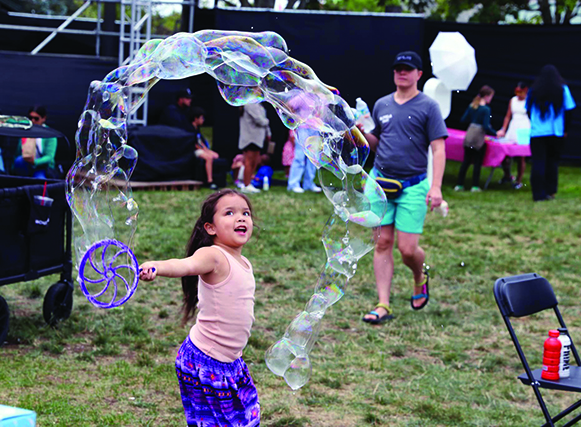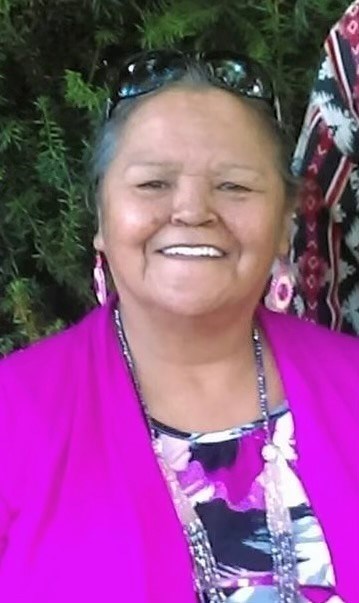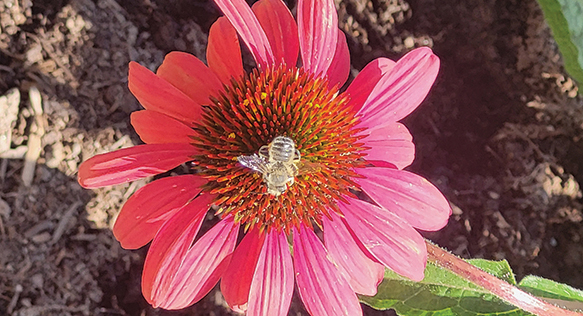
By Nathan Roberts, Wetland Technician, Quil Ceda Village
Quil Ceda Village Administration recently undertook a beautification project with new plantings along the front walkway. If you come to the Administrative offices, you’ll be able to see various grasses, spirea, primal-looking ferns, two young rhododendrons and many others. In addition to beautifying our workplace, many of these plants will attract and benefit pollinators. In fact, pollinators moved right in almost as soon as the plants were in the ground!
A pollinator is any organism which moves pollen from the male organ of one plant to the female organ of another plant, thereby instigating fertilization and seed production. With this, that means that pollinators play a critical role in the production of various culturally important foods, such as salmonberry (στəγʷαδαχ) and huckleberry (σωəδαʔξ̌). With the newly planted flowers joining their cousins in bloom this time of year, we tend to think of bees being the biggest help to fertilization of flowers and formation of fruits and seeds; however, there are many more pollinators than just bees. We have to thank not just bees, but birds, bats, butterflies, moths, flies, beetles, wasps and even small mammals for their contribution to native flowering plants and our food supply’s endurance.
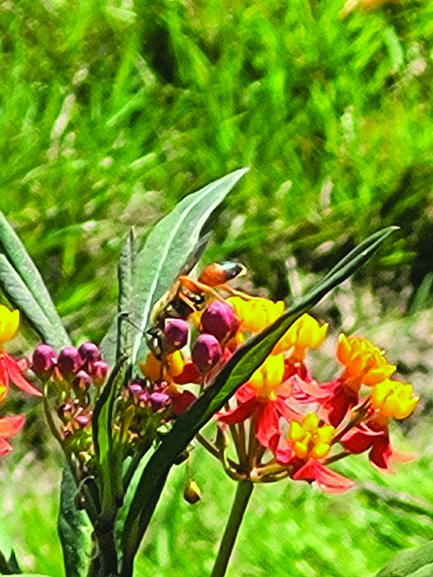
Tropical Milkweed.
We’re very lucky to call this state our home; a home we share with many species of native bees such as the cute Bumble Bee, the Blue Orchard Bee, the Western Leafcutter, the Metallic Green Sweat Bee and hundreds more. Many of the bees native to our state, about 70% of the 600 species, are what are known as “ground nesters”, meaning they might make their home under your feet rather than a hive above ground. Many of the pollinators you will see at our new plantings are ground nesting, some are also solitary. These pollinators use their mandibles to dig tunnels that can extend deep into the soil. At the end of these tunnels are small areas they nest in called “brooding cells.” Since most of these pollinators are solitary and dig deep underground, you can put your mind at ease about disrupting an underground hive.
Some of the flowers planted at Quil Ceda Village will particularly attract ground nesting pollinators. One of the first flowers to catch the eye are the two larger, planted Echinacea, or Coneflower. These are not just visually attractive to us, but to bees, butterflies and wasps as well with their vibrant colors and giant domed head, which makes for a perfect landing pad for many species. On these flowers, you might catch a glimpse of the Alkali bee, which is a ground nester and loves damp, silty soils such as that found at the garden of QCV. Another favorite of the local critters is the Tropical Milkweed, which is a delight for bees, but also Woodland Skipper and Monarch butterflies, and Great Golden Digger Wasps. With its long stems and small flowering bodies of golden yellow and red, it has a very sweet nectar that is a favorite among the crawlers. It should be noted that the Golden Digger species of wasp is classified as non-aggressive and is one of the before mentioned ground nesters, meaning they will not be seen creating hives in corners of the entrance and swarming as they are also solitary in nature. Plus, they prefer the nectar of flowers to human food.
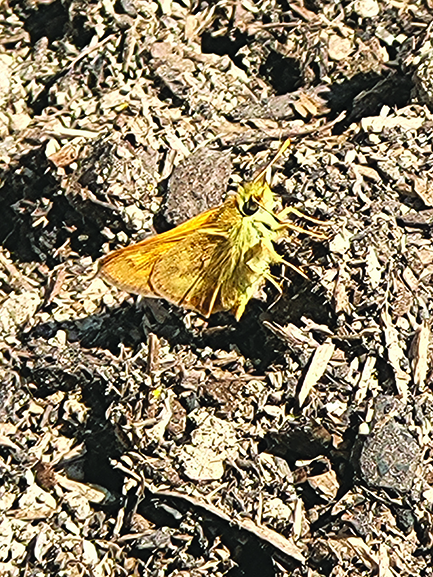
newly-applied compost.
But why should we care about whether or not our local bees are native or not? For a few reasons. With bees and butterflies in decline worldwide, planting pollinator-friendly gardens helps provide a stop-over and much needed foods to our local pollinators in areas that can be nectar and pollen deserts. Also, when invasive or non-native species are introduced to an area by humans or of their own accord, diseases are more likely to spread that the native populations have not encountered yet, leading to a possible drastic decline in numbers. Another reason is that native bees and other insects are highly responsible for the pollination of many of the beautiful flowering plants, such as those on display now at Quil Ceda Village, as well as native plants important for tribal foods and medicines. Native bees and other pollinators have special associations with our native flowering plants. Interestingly, the common Honeybee is not native to North America and was brought over by European colonialists. However, after hundreds of years of their pollination efforts, they are considered domesticated in the U.S. as they are essential for the growing of crops in the agricultural industry. In fact, according to the Bee Conservancy, while it is true that about a third of our food is grown thanks to honeybees, about 80% of flowering plants are pollinated with thanks to our native bees.
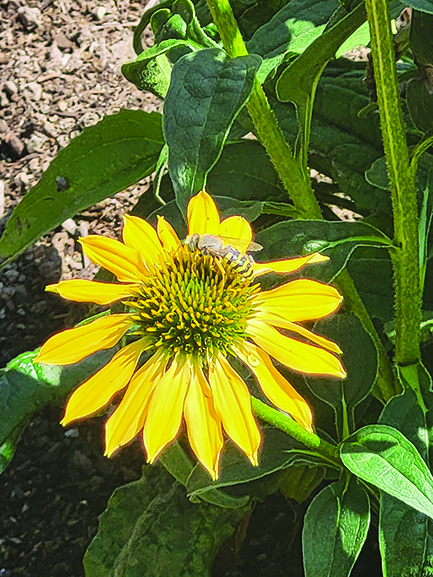
doing its part to help pollination.
This is all not to say that balance of pollinators and plants is invincible. One of the most devastating factors leading to the decline of native bees within the U.S. is the application of pesticides and insecticides. One of the immediate effects is of course, the reduction of insects that are essential to help the plants reproduce. However, a much darker effect is the scenario of insects bringing the poison back to their hives, where now other pollinators, or even a whole colony, could die. This is a less likely scenario for solitary pollinators; however, the more ornamental pesticide-treated plants there are in the world, the higher the number of these individual pollinators will die. Those who were born before the mid 90’s likely remember there once being a bounty of Western Bumble Bees in our state, however their numbers have been drastically declining since then and astonishingly, are now considered rare. Likely due to a combination of multiple factors, notably the competition with non-native species and disease, but their populations plummeting is certainly aided by the wrongful use of pesticides. This is why it is absolutely essential that there be more pesticide free zones, so that there can be areas for both plants and pollinators to prosper.
We are very fortunate to be able to live in a part of the world that is bountiful with life and green. The dance between plants and pollinators has been going on since time immemorial, and is beyond ancient. It is therefore imperative we do not lose sight of the delicate balance that all life depends upon so that our future generations may thrive in a world alongside plants and the creatures that pollinate them.
